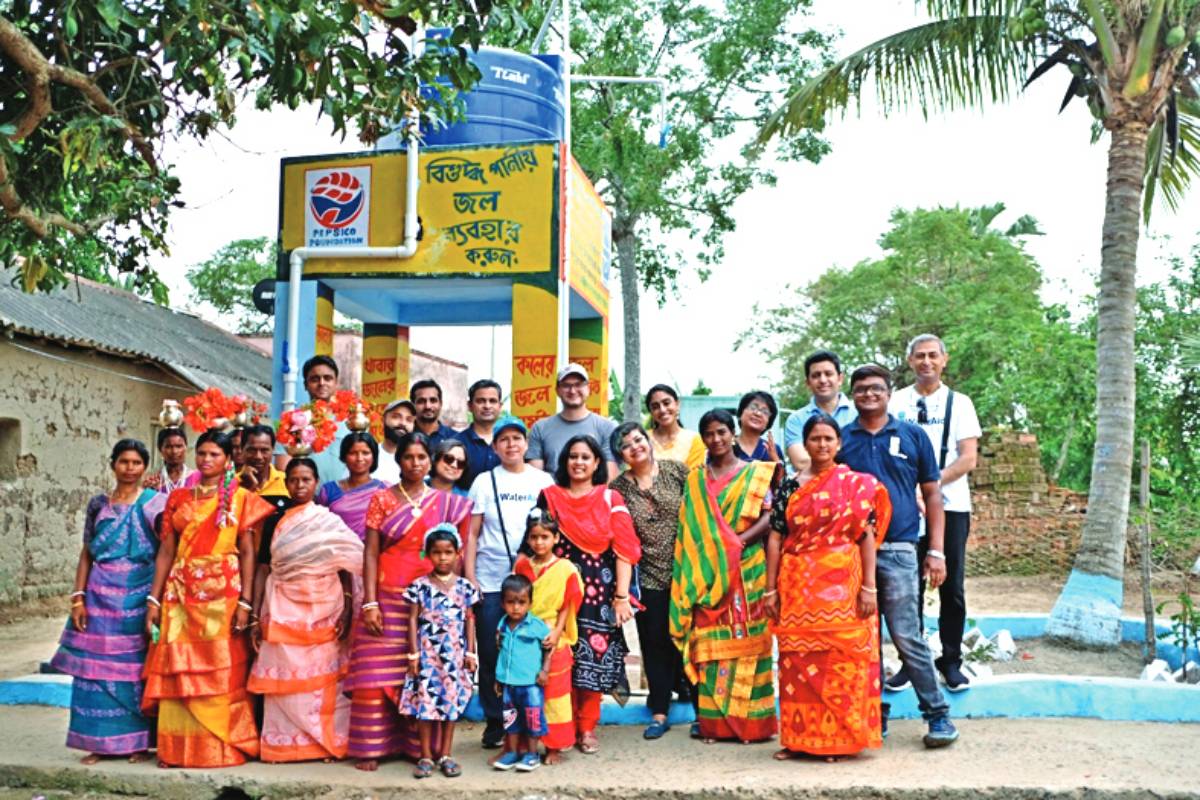Promises to keep
Promises matter in elections because voters lack rationality. As election history shows, freebies do get votes. Hitherto, it was a time tested method of electoral success for a desperate opposition.
Initiatives that are planned over the coming months include providing adequate access to safe drinking water in households

A leading cola brand, in partnership with Water Aid India, a nonprofit has initiated the ‘Access to Safe Water’ project with 45 village panchayats in West Bengal. This project aims at providing clean water access to high-risk communities in the districts of East Burdwan, Bankura, and Hooghly.
The project aims to positively impact the health, security, and hygiene of local residents. The prime objective is to benefit close to 200,000 people directly and indirectly, by mid-2024. Initiatives that are planned over the coming months include providing adequate access to safe drinking water in households; improved hygiene and sanitation practices. The initiative also aims at reducing groundwater depletion through water conservation and recharge and by establishing suitable water quality monitoring systems.
VK Madhavan, chief executive, Water Aid India, said, “Safe and assured drinking water in the household has to be the reality for every family. This will not just improve the health and quality of life of families but more importantly, it will reduce the drudgery of women and adolescent girls. This partnership with the support of the PepsiCo Foundation can transform the lives of families by providing them with adequate access to safe water, clean toilets, and good hygiene. Success is not merely the provision of these basic services but if communities can manage and maintain these on their own in the future.”
Advertisement
A study was conducted by Water Aid India in the identified villages in these three districts of West Bengal. The findings from the baseline study further revealed that across all three districts, almost 58.8 per cent of people fetched water from far-off sources for their daily needs during lean and peak summer months and about 19.5 per cent of households had access to safe drinking water at home. In terms of access to basic sanitation facilities, nearly 20 per cent of families didn’t have access to toilets and about 18.5 per cent families had shared toilets.
Advertisement